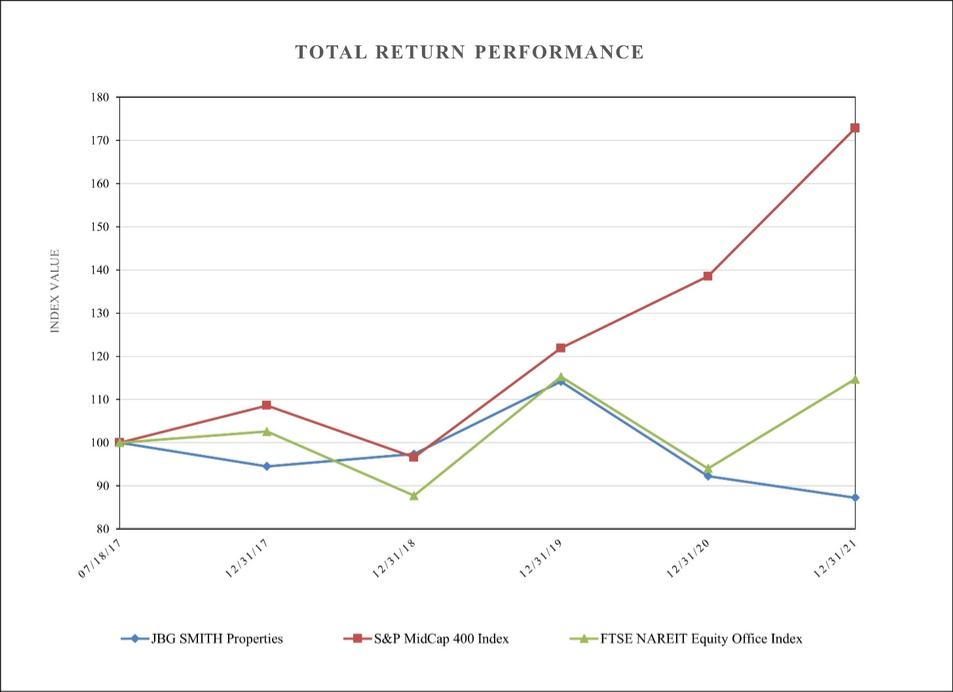customary restrictive covenants, that, among other things, restrict our ability to incur additional indebtedness, to engage in material asset sales, mergers, consolidations and acquisitions, and to make capital expenditures, and some of our debt agreements also include requirements to maintain financial ratios. Our ability to borrow is subject to compliance with these and other covenants, and failure to comply with our covenants could cause a default under the applicable debt instrument, and we may then be required to repay such debt with capital from other sources or give possession of a property to the lender. Any of the foregoing could affect our ability to obtain additional funds as needed, or on favorable terms, which could, among other things, adversely affect our ability to meet operational needs or to finance our future acquisition and development activities.
We may not be able to obtain capital to make investments.
We are primarily dependent on external capital to fund the expected growth of our business. Our access to debt or equity capital depends on the willingness of third parties to lend or make equity investments and on conditions in the capital markets generally. There can be no assurance that new capital will be available or available on acceptable terms.
Our future development plans are capital intensive. To complete these plans, we anticipate funding construction and development through asset sales, real estate ventures with third parties, recapitalizations of assets, and public or private securities offerings, or a combination thereof. Similarly, these plans require a significant amount of debt financing which subjects us to additional risks. For information about our available sources of funds, see "Management's Discussion and Analysis of Financial Condition and Results of Operations-Liquidity and Capital Resources" and the notes to the consolidated financial statements included herein.
We are subject to interest rate risk, which could increase our interest expense, increase the cost to refinance and increase the cost of issuing new debt.
As of December 31, 2021, $1.2 billion of our outstanding consolidated debt was subject to instruments that bear interest at variable rates without the benefit of arrangements that hedge against the risk of rising interest rates, and we may also borrow additional money at variable interest rates in the future without the benefit of associated hedges. With respect to these unhedged amounts, increases in interest rates would increase our interest expense under these instruments, increase the cost of refinancing these instruments or issuing new debt, and adversely affect our cash flow and our ability to service our indebtedness and make distributions to our shareholders, which could, in turn, adversely affect the market price of our common shares. Based on our aggregate variable rate debt outstanding as of December 31, 2021, an increase of 100 basis points in interest rates would result in a hypothetical increase of approximately $11.8 million in interest expense on an annual basis. The amount of this change includes the benefit of interest rate swaps and caps we currently have in place.
Subject to these restrictions, we may enter into hedging transactions to protect ourselves from the effects of interest rate fluctuations on floating rate debt. As of December 31, 2021, our hedging transactions included interest rate swap agreements, which covered $862.7 million of our outstanding consolidated debt, a significant portion of which is with one counterparty, which also exposes us to counterparty risk. Interest rate hedging can be expensive, particularly during periods of rising and volatile interest rates, which could reduce the overall returns on our investments. Moreover, there can be no assurance that our hedging arrangements will qualify as highly effective cash flow hedges under applicable accounting standards. Furthermore, should we desire to terminate a hedging agreement, there could be significant costs and cash requirements. Finally, the REIT provisions of the Code impose certain restrictions on our ability to use hedges, swaps and other types of derivatives to hedge our liabilities. Any of the foregoing could have a material adverse effect on us.
The future of the reference rate used in our existing floating rate debt instruments and hedging arrangements is uncertain, which could have an uncertain economic effect on these instruments, which could have a material adverse effect on us.
As of December 31, 2021, we had floating rate debt with a principal balance totaling $2.0 billion and hedging arrangements with a notional value totaling $1.7 billion that use LIBOR as a reference rate. On November 30, 2020, the United Kingdom regulator announced its intentions, subject to confirmation following an early December consultation, to cease the publication of the one-week and two-month USD-LIBOR immediately following the December 31, 2021 publications, and the remaining USD-LIBOR tenors immediately following the June 30, 2023 publications. Though an alternative reference rate for LIBOR, the SOFR, exists, significant uncertainties still remain. We can provide no assurance regarding

